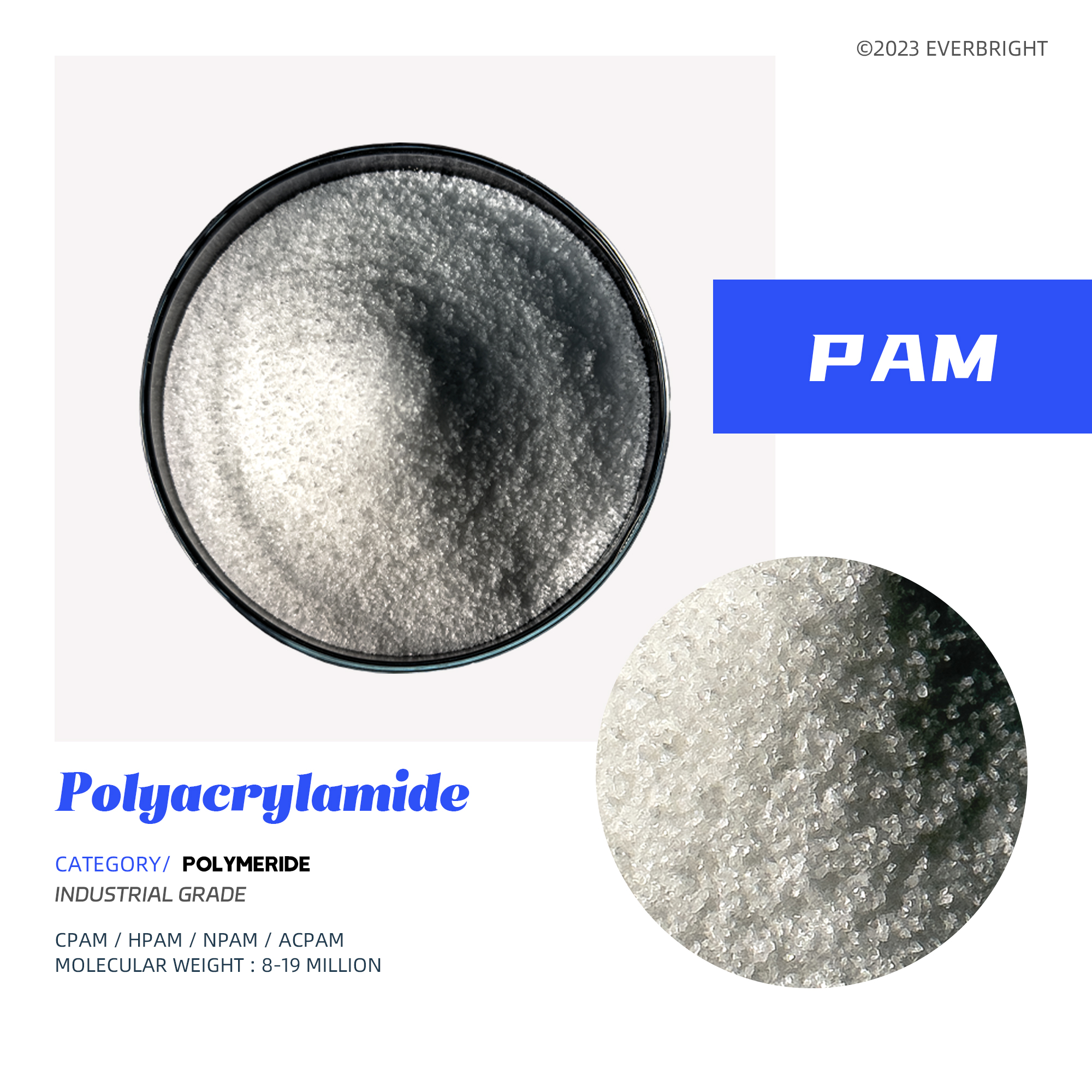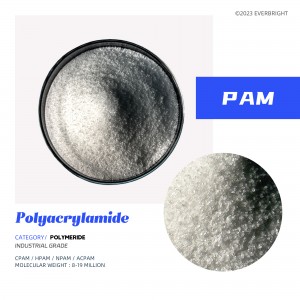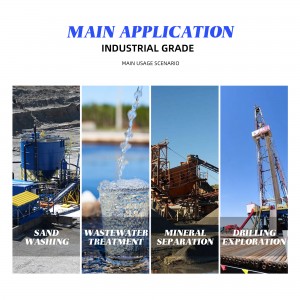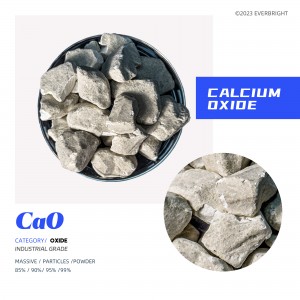Polyacrylamide(Pam)
Product Details

Specifications provided
Cation(CPAM) / Anion(APAM)
Zwitter-ion(ACPAM) / Non-ion(NPAM)
(Scope of application reference ‘product usage’)
Cation Cation(CPAM) :
In the sewage treatment as a flocculant used in mining, metallurgy, textile, paper and other industries. It is used in various operations in the petroleum industry.
Anion(APAM) :
In industrial wastewater (electroplating plant wastewater, metallurgical wastewater, iron and steel plant wastewater, coal washing wastewater, etc.) play a flocculation and precipitation role.
Zwitter-ion(ACPAM) :
1. Profile control and water resistance agent, the performance of this new type of zwitterion profile control and water resistance agent is better than other single ion profile control and water resistance polyacrylamide agent.
2. In many cases, the combination of anionic polyacrylamide and cationic polypropylene is more significant and synergistic than the use of ionic polyacrylamide alone when treating sewage and water. If the single two are used improperly, white precipitation will occur and the use effect will be lost. So the use of complex ionic polyacrylamide effect is better.
Non-Ion(NPAM) :
Clarification and purification function, precipitation promotion function, concentration function, filtration promotion function. In terms of waste liquid treatment, sludge concentration and dehydration, mineral processing, coal washing, paper making, etc., it can fully meet the requirements of various fields. Non-ionic polyacrylamide and inorganic flocculants (polyferric sulfate, polyaluminum chloride, iron salts, etc.) can be used at the same time to show greater results.
EVERBRIGHT® ‘ll also provide customized :content/whiteness/particlesize/PHvalue/color/packagingstyle/ packaging specifications and other specific products that are more suitable for your use conditions , and provide free samples.
Product Parameter
9003-05-8
231-545-4
1×104~2×107
Polymeride
1.302g/ml
soluble in water
/
/
Product Usage
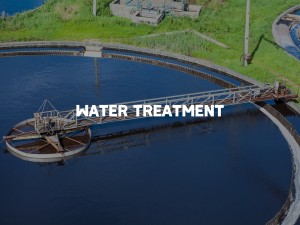
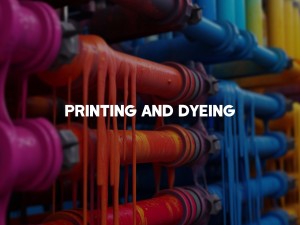
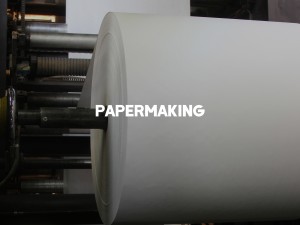
Sand washing
In order to remove impurities (such as dust) in sand products, water washing method is used, so it is called sand washing method. In the washing process of sand, gravel and sandstone, the flocculant sedimentation speed is fast, the compaction is not loose, and the discharge water is clear. The sand washing wastewater can be completely treated, and the water body can be discharged or recycled.
Coal preparation/beneficiation
Coal mines are mixed with many impurities in the mining process, due to the different quality of coal, impurity treatment is needed to remove impurities in raw coal through coal washing, or distinguish high-quality coal and inferior coal. The product has the advantages of fast flocculation speed, clear effluent water quality and low water content of sludge after dehydration. After treatment, the coal washing wastewater can reach the standard completely, and the water body can be discharged for reuse. Beneficiation is the process of separating useful minerals from gangue minerals to remove or reduce harmful impurities to obtain raw materials for smelting or other industries. The application characteristics of the process is that the daily sewage treatment amount is large, so the slag flocculation speed is fast, the dehydration effect is good, the sewage treatment process is mostly adopted the circulating water process, the above product selection is specifically for the metal ore and non-metallic ore stone, gold, platinum and other precious metals mineral processing technology research and development.
Industry/City Wastewater treatment
① Wastewater and waste liquid produced in the industrial production process, which contains industrial production materials, intermediate products, by-products lost with water and pollutants generated by waste liquid produced in the production process, resulting in a wide variety of industrial wastewater, complex composition, difficult to treat. 85 series products are suitable for industrial wastewater slaughtering, printing and dyeing, electroplating, metallurgical gold, leather manufacturing, battery waste liquid and other wastewater treatment effect is excellent, after dehydration, sludge solid content is high, mud mass is dense and not loose, effluent water quality is stable.
② Urban sewage contains a large number of organic matter and bacteria, viruses, so the sewage is collected by the urban canal, and then treated by the urban sewage treatment plant before re-entering the water body. It has the characteristics of fast flocculation speed, increased sludge volume, low water content of sludge, stable effluent quality after treatment, etc. It is suitable for the centralized treatment of various raw sewage and industrial sewage.
Papermaking
In paper industry, straw and wood pulp are used as raw materials for paper making, and the composition of paper making wastewater is complex, among which the dye source has poor biodegradability and is difficult to treat. After the use of flocculant, the paper waste water flocculation speed is fast, the flocculation density is high, the pollution is small, the mud moisture content is low, the water quality is clear.





